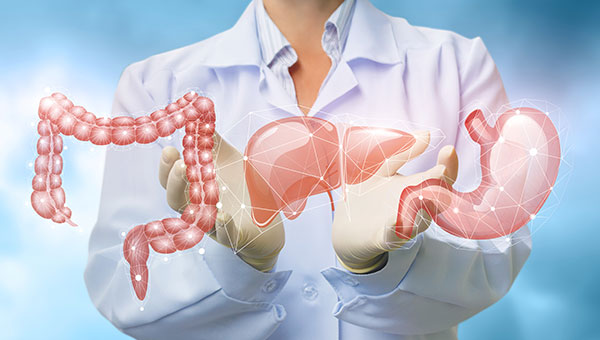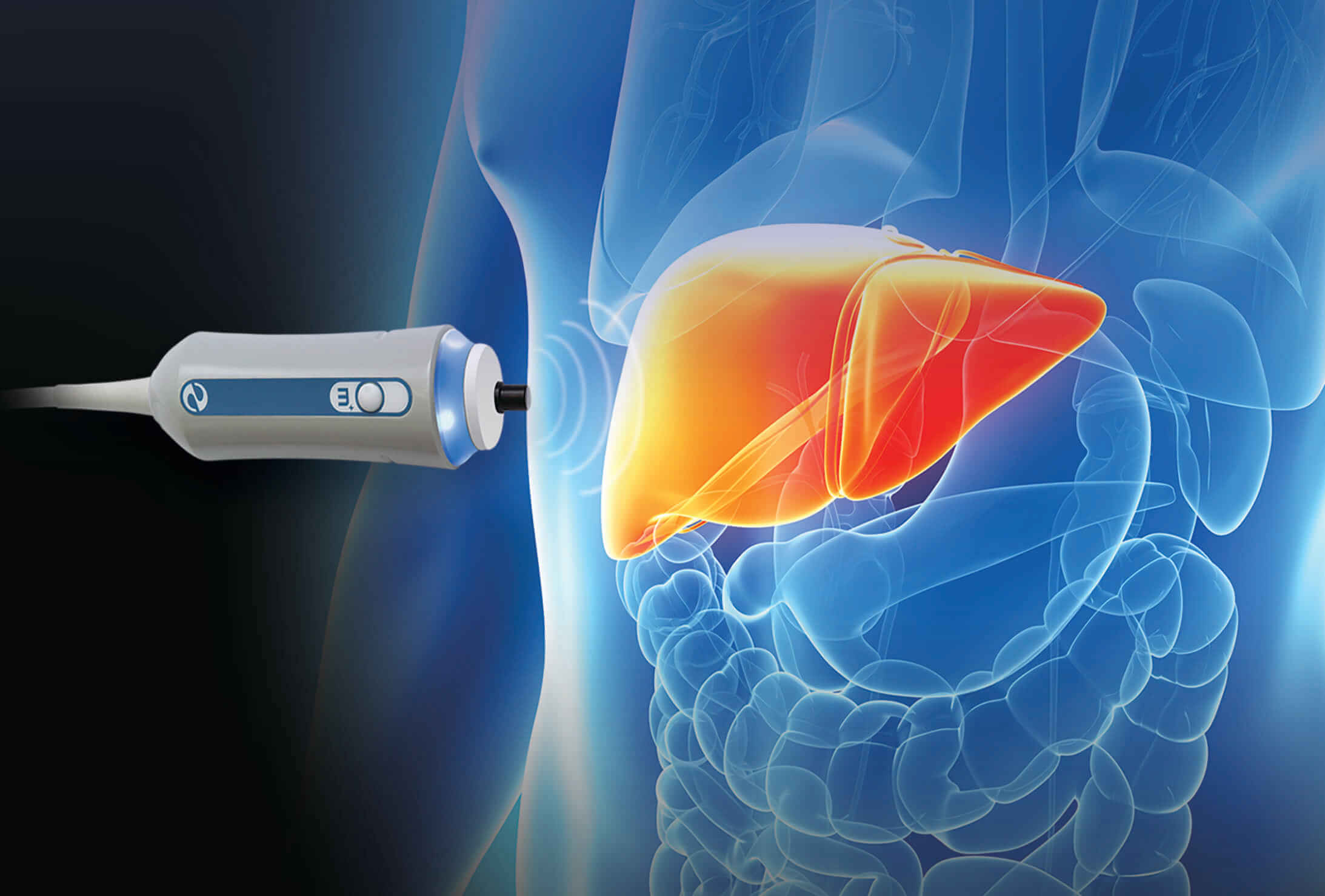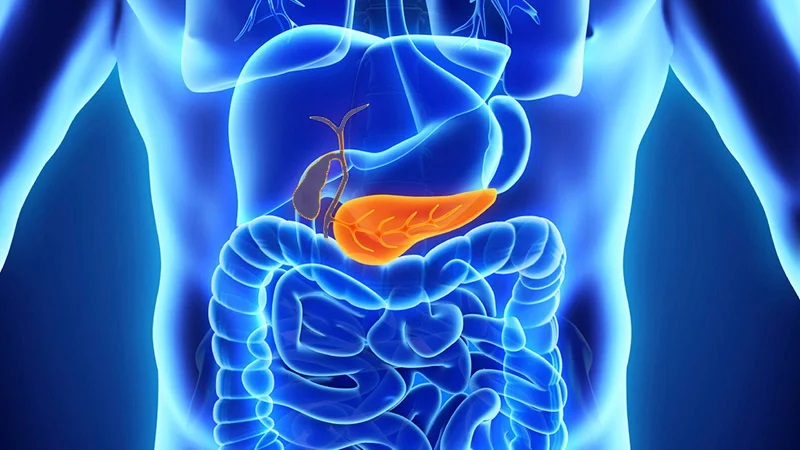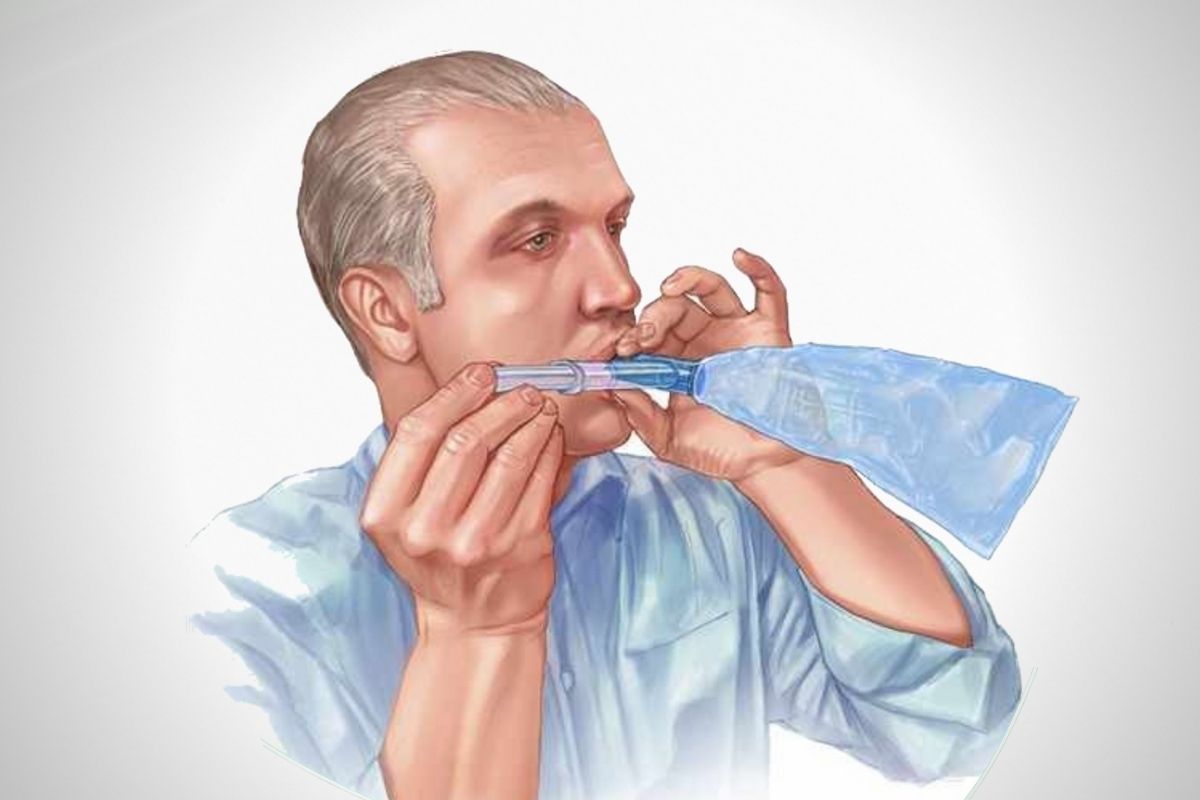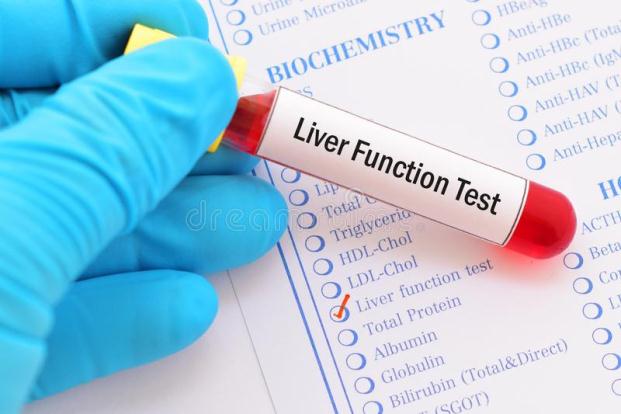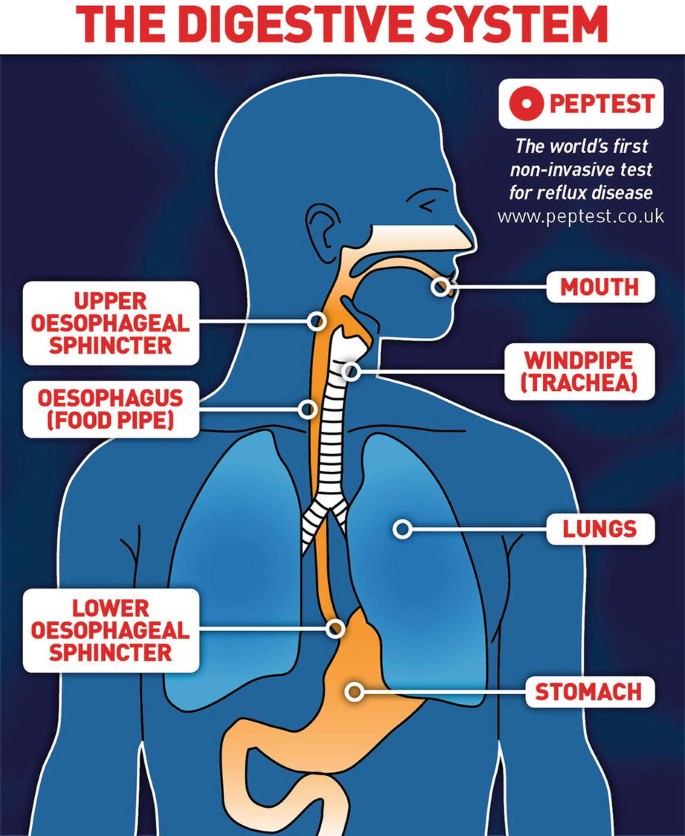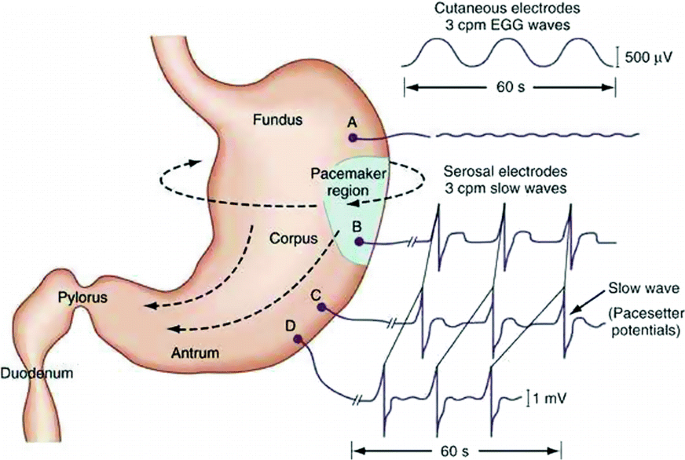Upper GI Endoscopy Details
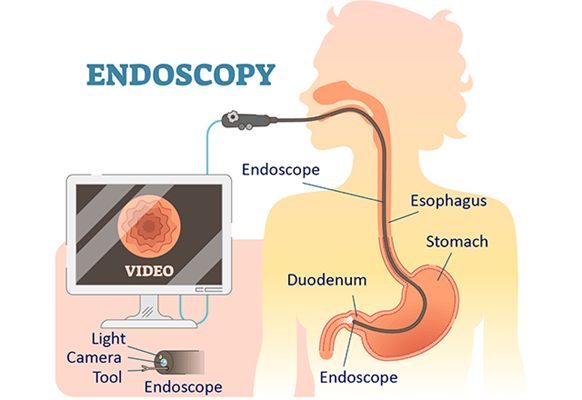
An upper GI endoscopy, also known as an esophagogastroduodenoscopy (EGD), is a medical procedure that allows a doctor to visually examine the upper part of the gastrointestinal (GI) tract using a flexible tube called an endoscope. The endoscope has a light and a camera attached to it, which transmits images of the inside of the esophagus, stomach, and duodenum (the first part of the small intestine) to a monitor.
Purpose of Upper GI Endoscopy:
Upper GI endoscopy is used to diagnose and sometimes treat various conditions affecting the upper digestive tract. Some of the most common reasons for performing an upper GI endoscopy include:
Diagnosis of Symptoms:
- Persistent heartburn or acid reflux (GERD): To evaluate chronic symptoms or complications like esophagitis or Barrett's esophagus.
- Upper abdominal pain or discomfort: To investigate causes of pain in the stomach or upper abdomen.
- Difficulty swallowing (dysphagia): To look for blockages or abnormalities in the esophagus.
- Unexplained nausea, vomiting, or weight loss: To find potential causes such as ulcers or tumors.
- Bleeding: To identify the source of GI bleeding, such as ulcers, gastritis, or varices.
Diagnosis of Diseases and Conditions:
- Peptic ulcers: Sores in the lining of the stomach or duodenum caused by stomach acid or infection with Helicobacter pylori.
- Gastritis: Inflammation of the stomach lining.
- Esophageal conditions: Including esophagitis (inflammation), strictures (narrowing), or Barrett’s esophagus (a condition linked to chronic acid reflux).
- Celiac disease: To confirm damage to the small intestine in individuals with gluten sensitivity.
- Tumors or cancer: To detect abnormal growths in the upper GI tract.
Therapeutic Uses:
- Treat bleeding: Cauterizing or clipping bleeding blood vessels in cases of ulcers or varices.
- Remove polyps: Small growths in the GI tract that can sometimes become cancerous.
- Dilation of strictures: Widening narrow areas in the esophagus or stomach that may be caused by scarring or tumors.
- Removal of foreign objects: Extracting swallowed objects stuck in the esophagus or stomach.
The Procedure:
Preparation:
- Fasting: The patient is typically instructed to avoid eating or drinking for 6 to 8 hours before the procedure to ensure the stomach is empty.
- Medications: Certain medications, especially blood thinners, may need to be adjusted before the procedure.
Sedation:
- Most patients are given a sedative to relax and make them comfortable during the procedure. Some may also receive a local anesthetic spray to numb the throat.
- The patient remains awake but drowsy, and vital signs are monitored throughout.
The Procedure:
- The endoscope is gently inserted into the mouth, passed down the throat, through the esophagus, and into the stomach and duodenum.
- Air is often introduced through the endoscope to inflate the digestive tract, which allows for better visibility.
- The doctor will carefully examine the lining of the upper GI tract for abnormalities. If necessary, biopsies (small tissue samples) can be taken for further testing, or certain treatments can be performed.
Post-Procedure:
- After the procedure, the patient is monitored until the sedation wears off, typically for about 30 minutes to an hour.
- Some common post-procedure symptoms include mild bloating, gas, or a sore throat. These usually resolve within a few hours.
- Patients should not drive or operate heavy machinery for the rest of the day due to the effects of sedation.
Risks and Complications:
While upper GI endoscopy is generally safe, like any medical procedure, it carries some risks, including:
- Bleeding: Especially if a biopsy is taken or if a polyp is removed.
- Perforation: A rare risk where the wall of the esophagus, stomach, or duodenum could be punctured.
- Infection: Although rare, infections can occur, especially after tissue manipulation.
- Reactions to sedation: Some patients may experience breathing or heart issues related to sedation, though this is uncommon.
Benefits:
- Accurate Diagnosis: Allows direct visualization of the upper GI tract, which helps in diagnosing conditions that might not show up on imaging tests or X-rays.
- Minimally Invasive: It is a non-surgical procedure with minimal recovery time.
- Treatment Options: The ability to treat certain conditions, such as bleeding or strictures, during the procedure itself.
An upper GI endoscopy is an important diagnostic tool in gastroenterology, offering both diagnostic and therapeutic capabilities for a variety of upper digestive system conditions.

